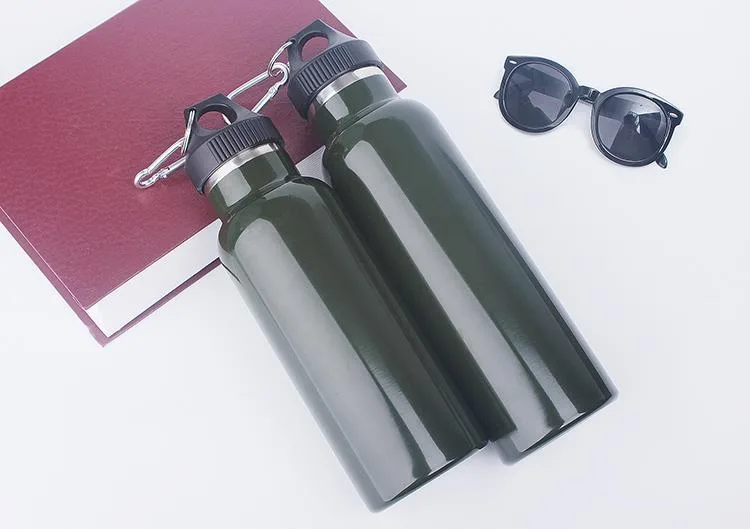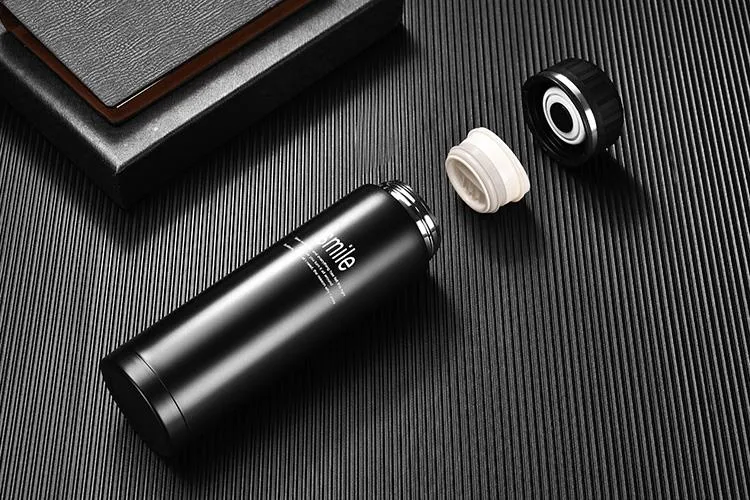물은 생명의 원천이에요!
인류는 강 양쪽에서 번식하고 번성하기 위해 물 자원의 흐름을 추구합니다. 문화와 지혜의 찬란한 불꽃은 역사적 세월 동안 점점 더 찬란해졌습니다. 도자기에서 도자기, 그리고 지금은 모든 종류의 재료 용기에 이르기까지, 식수는 더 이상 그렇게 간단하지 않습니다! 식수 용기로서, 단열 물병은 시장에 출시된 이후로 독특한 장기적 열 단열 성능으로 점점 더 많은 사람들에게 인기를 얻고 있습니다. 하지만 우리는 정말로 올바른 단열 물병을 선택했을까요?
오해 1: 병이 무거울수록 좋다
많은 사람들이 단열수통의 재료 두께가 단열수통의 단열 효과에 큰 영향을 미친다고 생각합니다. 그들은 열이 두꺼울수록 열이 손실되기 쉽지 않다고 생각합니다. 그래서 구매할 때, 그들은 손에 든 무게를 서로 비교하여 어느 것을 선택할 것입니다. 사실, 그러한 선택 아이디어는 잘못된 것입니다. 단열수통의 재료, 특히 내부 라이너는 실제로 더 얇고 더 좋습니다. 내부 라이너와 외부 라이너 사이에 진공 층이 있어 공기의 열 전도를 단열하기 때문입니다. 따라서 열 손실은 뜨거운 물과 담낭 내벽 사이의 열 전달입니다. 탱크의 내벽이 두꺼울수록 뜨거운 물 온도가 더 많이 손실되어 열 보존이 줄어듭니다.
오해 2: 보온 시간
많은 구매자가 상담할 때, 제품이 얼마나 오랫동안 따뜻하게 유지될 수 있는지 묻습니다. 어느 정도까지 이것은 엄격한 문제가 아닙니다. 예를 들어, 8시간 후 물 온도는 50입니다. ℃ (℃), 그리고 10시간 후 물의 온도는 45도입니다. ℃ (℃)보유 시간은 8시간이어야 하나요 아니면 10시간이어야 하나요?
단열수통의 단열시간은 주로 용량, 컵 입구의 직경, 플러그가 있는지 없는지의 세 가지 요인과 관련이 있습니다. 따라서 구매자는 구매할 때 관련 제품 매개변수를 가능한 한 명확하게 묻고 구매하기 전에 비교합니다.
오해 3: 자석으로 구별하기
자석은 강철을 흡수할 수 있다는 것은 일반적인 생각이지만, 사실일까요? 현재 스테인리스 스틸은 니켈과 같은 많은 원소를 포함하는 철과 강철 합금으로, 자석에 흡수될 수 없습니다. 좋은 단열 물병에 사용되는 오스테나이트 스테인리스 스틸은 자석에 흡수될 수 없습니다. 일부 재료는 탈자화 후 흡수될 수 없습니다. 따라서 자석으로만 스테인리스 스틸 재료를 식별하는 것은 엄격하고 과학적이지 않습니다.



